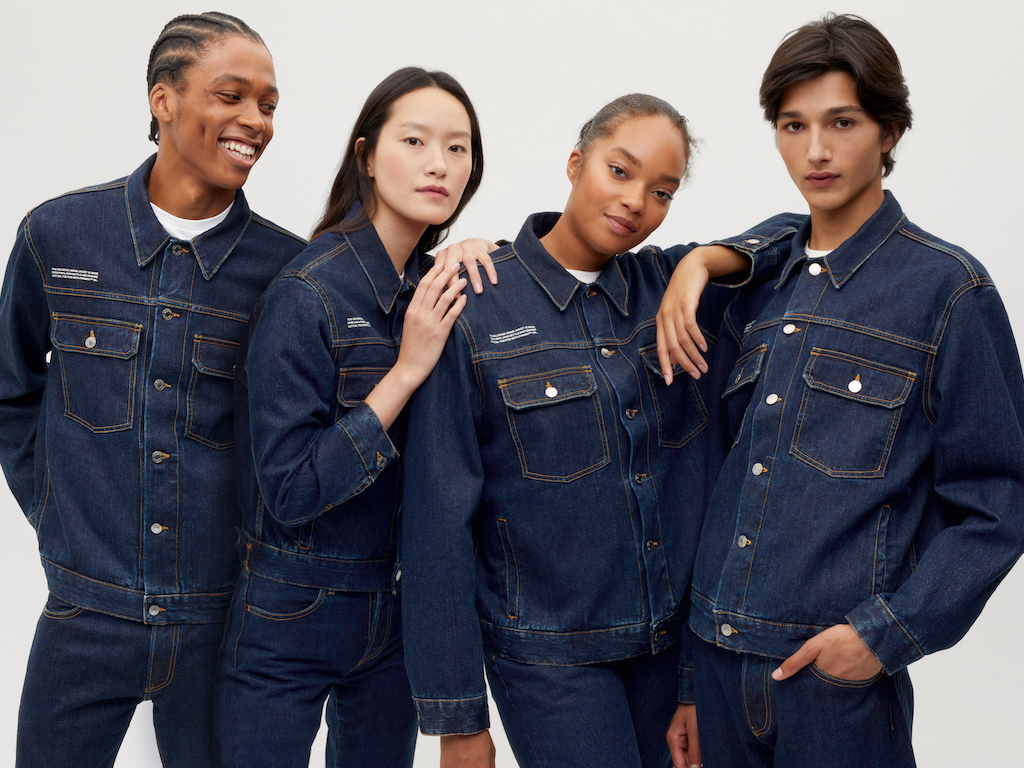5 Mins Read
The latest in sustainable fashion is denim made from wild Himalayan nettle. Instead of using resource-intensive cotton, Pangaia just launched a new collection of jeans and jackets made from a new kind of denim blend, one that contains nettle fibre.
New York-based sustainable fashion brand Pangaia just added yet another new fabric to its diverse material line-up, this time, a new denim alternative. The blend, twilled together using a left hand weave, a reversal of the process used in common conventional denim, contains wild Himalayan nettle and organic cotton sourced from India. It’s the first time that selvedge denim has been created using nettle fibre, an extremely strong raw material with a hollow core.
Designed by Jonathan Cheung, the new Pangaia Denim collection features three products: pan-sex straight leg denim pants and 90’s vintage-inspired jacket, and a high rise straight leg jean made for women. The range, marked between $225-275, is now available on the brand’s website in both a rinse and mid wash.
We wanted to know a bit more about Pangaia’s latest drop and its innovative use of nettle denim. And we were pretty sure that our readers would be just as curious. So we asked Pangaia, and here’s what they told us.
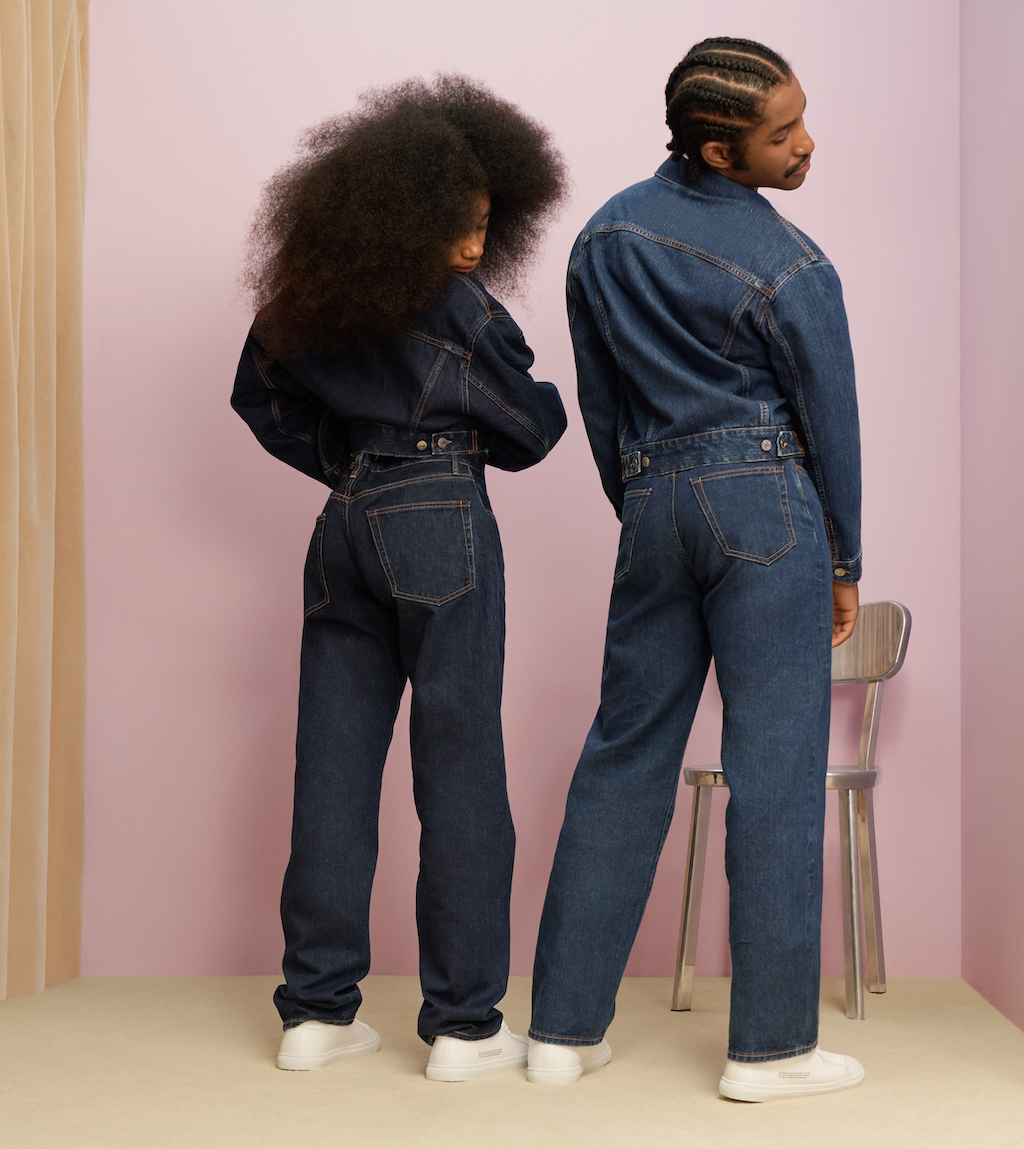
Is it 100% biobased?
First of all, we dug a little deeper into the exact composition of Pangaia’s nettle denim. The brand shared with us that it is made from 18% Himalayan nettle, 18% cotton and 64% organic cotton.
That means not all of the cotton inside the blend is 100% organic, but it makes up a small portion. Pangaia, which mentioned they strive to be as transparent as possible with all their fabrics, explained that small quantities of regular cotton is used in the mill that processes the nettle-cotton weft yarn, which is then spun with the organic cotton to make the final denim material.
But to answer the question of whether it is 100% bio-based, Pangaia says yes. Its nettle denim is made entirely from cellulosic-based fibres. No polyester or spandex is used.
Even the thread?
That includes the thread! The brand told us that the sewing thread used to stitch up the jean jacket and pants are made from 100% lyocell cellulose, unlike traditional denim products. Many labels currently use polyester-cotton blends, which means it is partially made from non-renewable fossil fuel-based materials.
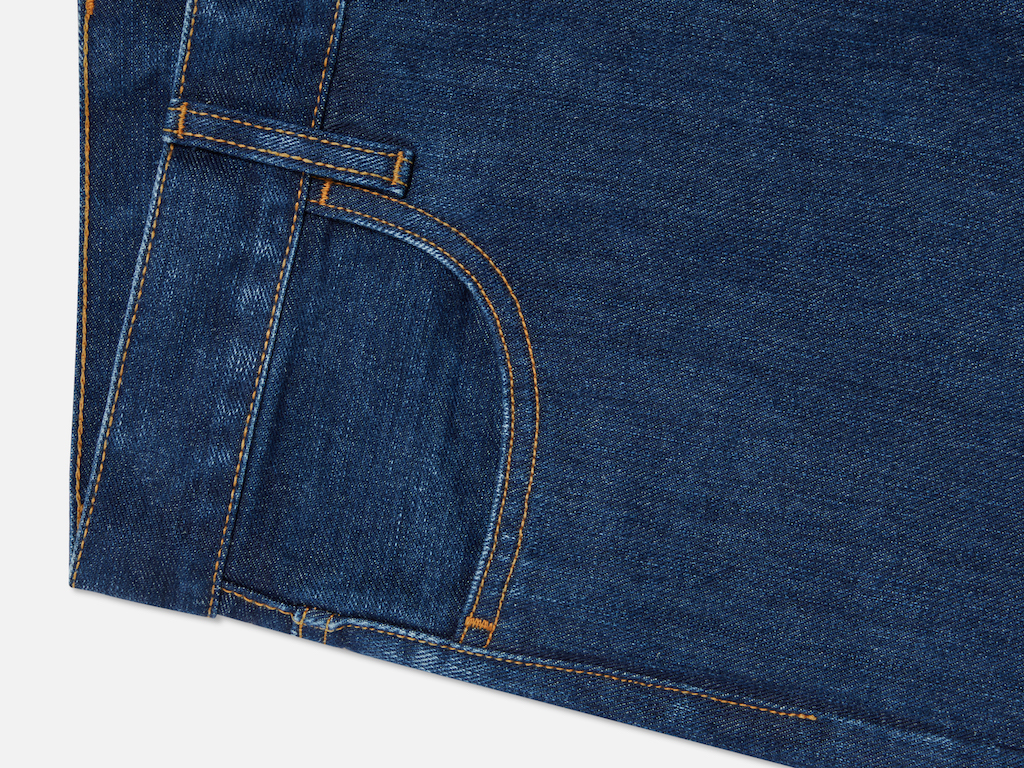
So, there’s no plastic at all then?
Just to double-check again, we asked Pangaia whether it is 100% plastic-free. They confirmed with us that the nettle denim is 100% cellulosic fibre, and contains absolutely no plastic or petrochemical/synthetic materials.
Why use nettle though?
Sharing more about the reason behind leveraging nettle, Pangaia said it’s all part of the brand’s strategy to grow the diversity of its fabrics. In August, for example, the company began incorporating a new fabric made from fruit and fibre waste into its range, from T-shirts to hoodies and sweaters.
By adding nettle into its line-up, Pangaia hopes to shift away from using resource-intensive materials like cotton. Even though it is a natural, non-synthetic and plastic-free material, the sheer amount of cotton being used by the fashion and textile industry is making it unsustainable. It is a crop that uses up vast amounts of land and water.
Nettle, on the other hand, is grown in the wild and doesn’t require any additional irrigation or chemicals to grow. Plus, Pangaia says that nettle fibre is extremely strong, yet because of its hollow core, is soft to the touch. It’s also breathable and durable.
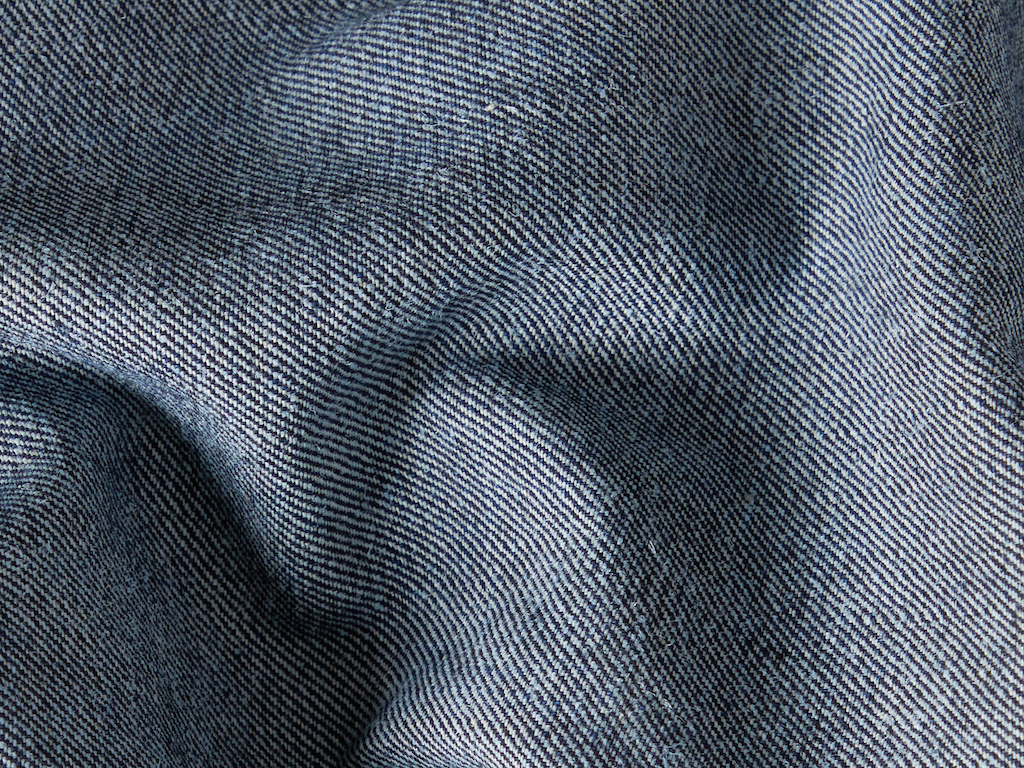
Yes, denim products are incredibly water-intensive. Is nettle denim any better?
As for how Pangaia’s nettle denim fares against conventional denim when it comes to water waste, the brand says that its manufacturing process strives to be as environmentally-friendly as possible. It is produced in partnership with Candiani Mills in Italy, a company that uses “advanced technology” to minimise energy and water consumption when it spins the fabric.
At the moment, Pangaia says that it is in the process of getting a life-cycle assessment (LCA) done for its denim production, with more details to be released in the future to be fully transparent about the product’s sustainability.
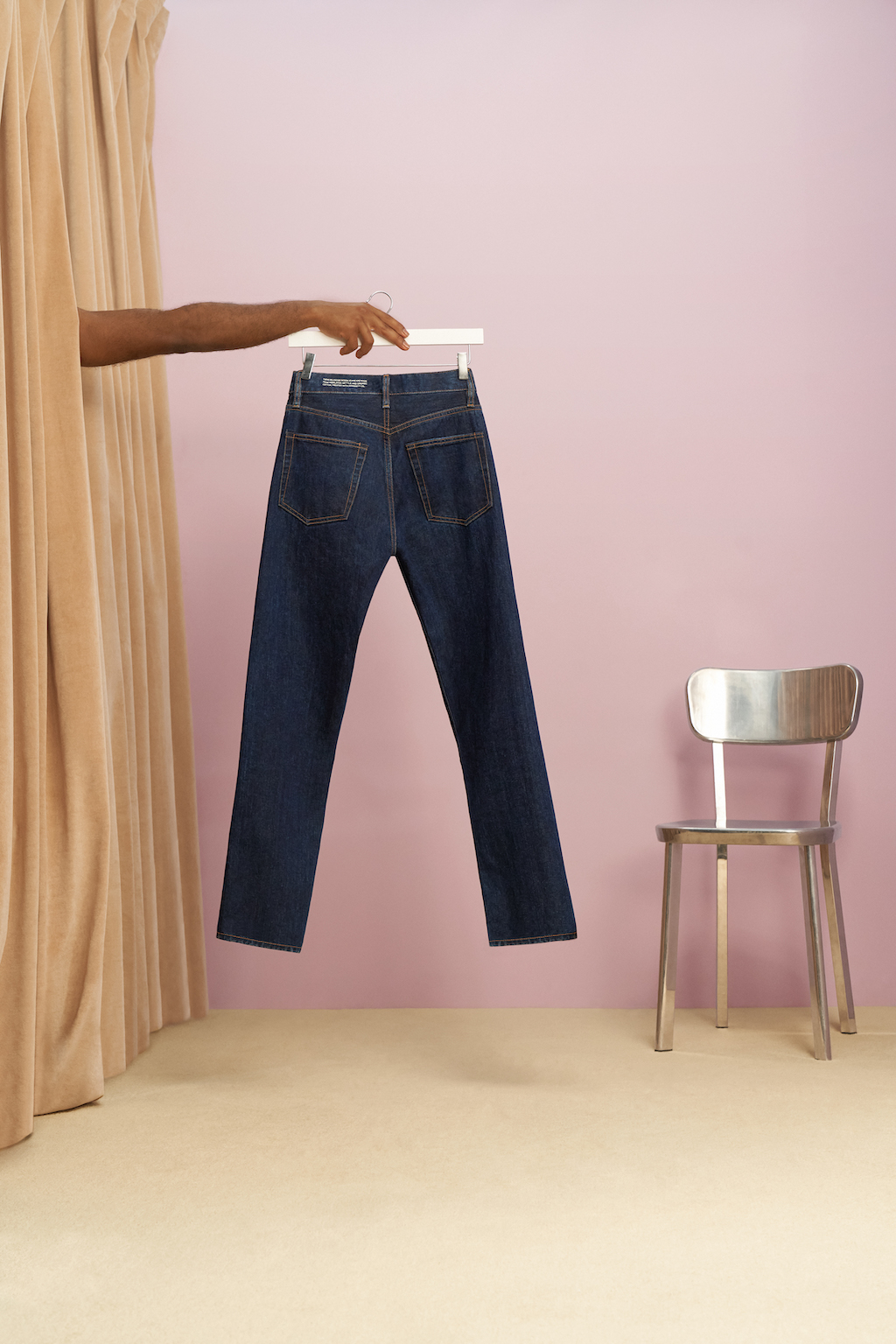
What about the indigo dye?
Another part of why traditional denim production is not always planet-friendly is because of the dyeing process. Pangaia says that Candiani Mills is currently using a closed-loop dye system to make its process more water-efficient. It also means that less indigo is wasted in production.
What happens once consumers are done wearing it?
While Pangaia Denim, like the rest of its collection, is designed to be as long-lasting as possible, there comes a time when shoppers have worn it long enough to let it go. So, what happens after? Pangaia tells us that first of all, their denim products should “last for generations” because the durability of nettle-based fabric “will only get better with age”—so consider passing your preloved nettle denim to a new owner who can continue wearing it.
But when it does reach its end of life, because the collection is completely bio-based, plastic-free and contains no synthetic blends, it will be much easier to recycle. It can also be repurposed and upcycled into something new.
All images courtesy of Pangaia.

